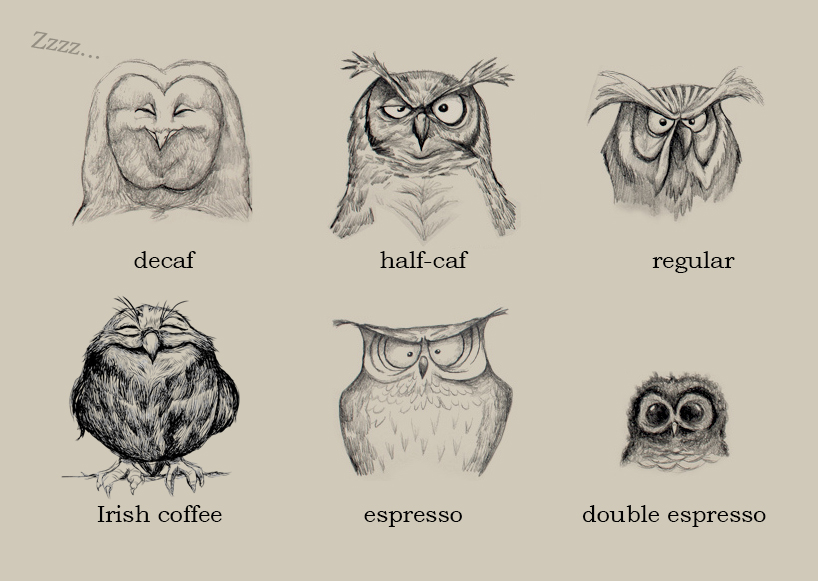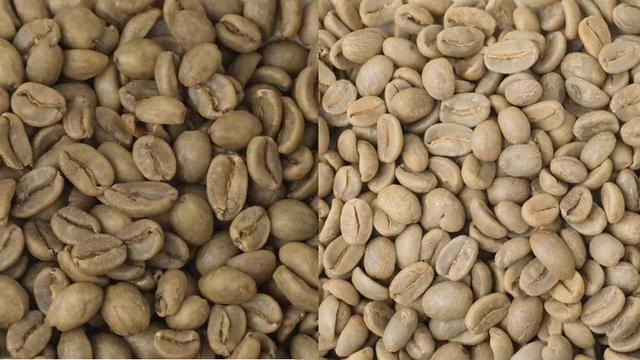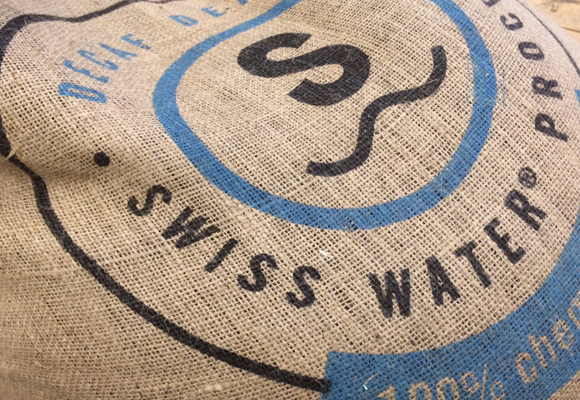Brewing Up a Batch of Decaf: How the Caffeine Gets Removed

For many, the concept of decaffeinated coffee may seem completely alien. After all, the whole point of consuming coffee, for many of us, is for that special bit of pick-me-up that the caffeine in the little brown bean delivers. For those of us who have had to give up caffeine for medical or personal reasons after developing a love for the hot brown liquid gold that is a good cup of coffee, decaf is nothing short of a blessing. But not all decaf is created equal.
There are great many ways — some cheap, fast, and dirty; some clean, slow, and expensive — to extract the caffeine from coffee. But all-in-all, decaffeination has come a long way since its infancy in the early nineteenth century. These days, you don’t have to settle for chicory tea if you want something that tastes like coffee and has no caffeine.
The History of Decaffeination
Way back, before the reign of Queen Victoria, a German man named Friedlieb Ferdinand Runge first isolated caffeine from coffee beans at the suggestion of the great poet of his time, Johann Wolfgang von Goethe. The scientist was successful in pulling caffeine in its pure state from the beans, but that’s about as far as he got (his interest having much more to do with the extracted caffeine than with the decaffeinated beans it left behind).

Fast-forward about eighty years to the turn of the twentieth century, and the first decaffeinating process for coffee beans is invented and patented by another German, Ludwig Roselius. The method he employed is said to have come about accidentally when his shipment of imported green coffee beans was soaked in seawater, losing much of its caffeine.
He took the basic extraction principle and enhanced it by adding solvents like Benzene, and by introducing steam to the process — thereby creating decaffeinated coffee.
Methods Used to Decaffeinate Coffee
These days, there are many methods that can be used to decaffeinate coffee. There are solvent-based methods, water-based methods, CO2-based methods, and even triglyceride-based methods.
What all methods have in common is the fact that they are all performed on the coffee beans prior to their roasting, while they’re still in their green state. The beans are steamed first, to open their pores. Next, a decaffeinating agent is introduced and then washed away, along with some of the caffeine.
This process is done repeatedly, as many as a dozen times, depending on the caffeine content of the beans, until they are between ninety-seven to ninety-nine point nine percent caffeine-free.
The hardest part of the process is leaving as much of the organic compounds in the coffee beans as possible while only removing the caffeine, thereby affecting the flavor of the coffee as little as possible.
Swiss Water Process vs. Organic Solvents
Way back in the day, benzene was the solvent of choice for extracting caffeine as economically and cleanly from coffee beans. Unfortunately, benzene is also toxic. After several “issues” resulting from substandard producers ineffectually handling their toxic solvents in the decaffeinating process, other less-economical organic solvents were substituted for the benzene used in the initial process.

These days, the solvents employed by coffee companies are dichloromethane and ethyl acetate. Both of these are non-toxic in trace amounts, but many consumers still balk at the idea of solvent-based decaffeination.
Enter the Swiss water process. The Swiss water process of decaffeination works by immersing green coffee in very hot water and extracting the caffeine through osmosis, along with all the other volatile oils and organic compounds that make for good coffee.
The hot water is then poured off the green beans and run through a series of charcoal filters that are designed to trap the caffeine while letting the smaller molecules of flavor pass through and back to the coffee itself. This makes for a much cleaner, if not exactly as flavorful, cup of decaf coffee.
Decaf Coffee Is Highly Drinkable
Due to the work of several scientists and commercial interests, decaf coffee has improved dramatically over the last two centuries. These days, most consumers of coffee would have a difficult time tasting the difference between decaf and regular (all other factors being equal).
So if you can’t have caffeine for whatever reason but you still want the comforting taste of hot coffee, then reach for a good cup of Swiss water processed decaf and enjoy every last drop.
[Photos Via: KnowYourMeme; PstatP; Bonanzle]
